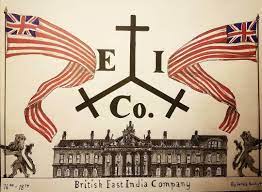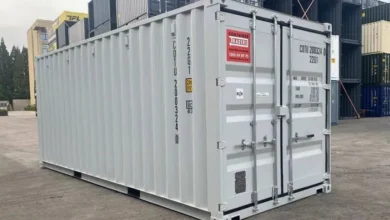
The French East India Company
Of all the trading enterprises formed by European colonial powers, it was the British East India company which was the most recognized. At the height of its power, it was PAN India meaning operated across India. But that was not always the case, before it formed its hegemony over India, there were the likes of Dutch and Portuguese East India companies.
Today we look into one such enterprise “The French East India Company”. We will look into how it was formed, how it operated and what caused its eventual decline.
Table of Contents
Birth of French East India Company
On an initiative of Colbert (First minister of state), the French East India Company was born in 1664. Before its formation the French were mainly dependent on the Dutch for the supply of Asian products, which worried the French monarchy. By forming this company, the monarchy aimed to equip itself with an international trade tool while contributing to the development of a national navy. In addition, the French wanted to become suppliers to their neighbours.
The beginnings were problematic to say the least and it wasn’t until 1715 that the company experienced its first success. An enterprise of such importance could not operate without the assistance of the state and hence the king held the most weight. In 1740, the king alone held 20% of the shares.
The other large shareholders were the princes and the nobility, the bankers (foreigners in particular), the financiers (who handle the king’s money) and other privately wealthy individuals (like Voltaire). Eventually in the 18th century, the Compagnie became a national affair.
Naval routes to India
To take advantage of the monsoon in the Indian Ocean, ships used to arrive in the area around March. It was therefore necessary to leave Lorient (French port) in November-December, which was not the most favourable period to cross the Bay of Biscay.
After Passing the equator, the roads approached the coasts of Brazil, this was done because navigation along the African coasts was not suitable. The westerly winds then allowed a direct route to the Cape of Good Hope. After four months of navigation, the ships stopped in Cape Town. Which allowed sailors to finally eat fresh produce and avoid catching scurvy.
In the Indian Ocean, several routes coexisted. Most often, ships sailed up the Mozambique Channel and along the coast as far as India. The French went through the Mascarenes islands. After trying unsuccessfully to settle in Madagascar, they set up on Bourbon Island – present-day Réunion – then on the Ile de France – present-day Mauritius. These sites benefitted from the remarkable port (Port-Louis) that the French developed and equipped.
For the return, the ships had to sail absolutely across the Cape of Good Hope before the beginning of the southern winter (end of March), as the passage became impracticable thereafter. The ships having left for eighteen months before returning to the North Atlantic. It had to stop on Ascension Island as it was necessary to retrieve news of the country.
The command could thus know what to do if a conflict had arisen between European powers, in their absence. Leaving in November for Asia, the ships returned to France about twenty months later, in the summer.
French settlements in India
Located on the Bay of Bengal, Pondicherry became the bridgehead of French commercial interests in India. Completed in 1710, it was one of the most beautiful European constructions in Asia. Entirely fortified, it suffered several sieges until 1761 and the defeat against the English. The “white city” (European), by the sea, had 4,000 inhabitants while the “black city” (Indian) had 100,000. Its port activity was linked to cotton, brought in from the surrounding area.
Chandernagor, located on the banks of the Ganges near Calcutta, was the most active and wealthy French trading post. Advantageously, the goods were brought by the river this meant that ships could operate in the Ganges against the current. But to do that specialized pilots were hired to maneuver the boats so that they arrived safely.
Mahé (a small town) located on the west coast of India, was used as a warehouse for storing local goods and buying pepper.
Decline of French East India Company
With a 20% trade share in Asia, the French East India Company was behind the Dutch company (50% of trade); and also the British company (30%). Nevertheless, in the 18th century, the French regularly played on par with the English. To protect their positions and block the French advance, the latter did not hesitate to use force, in particular provoking the Seven Years’ War. The French defeat brought about the cessation of the deployment of France in Asia. Despite everything, Pondicherry remained prosperous throughout the 19th century.
The French East India Company was suspended in 1769. A new company was created after the American War of Independence but quickly lost its prerogatives. In 1790, the Revolutionary Assembly decreed that trade to Asia was open to all, and the Company lost its monopoly. In 1795, it was definitely liquidated.








